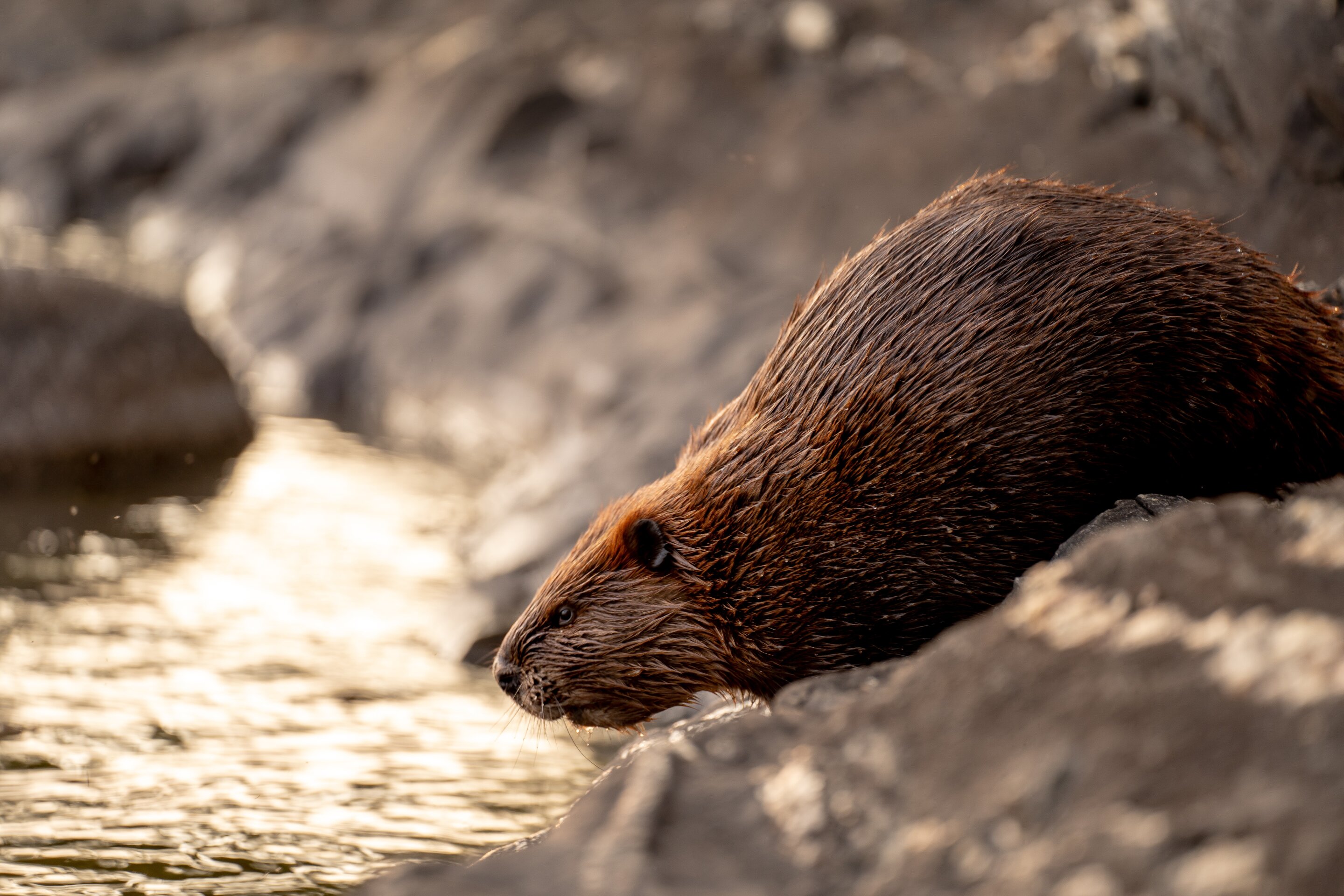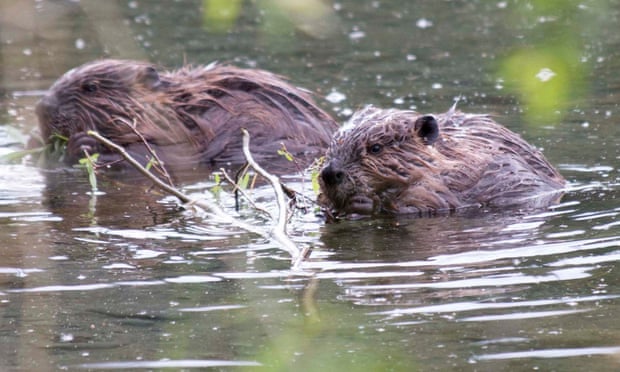California has strengthened a new Beaver Restoration Program which is dedicated to supporting the species and their habitats.
With the passing of Assembly Bill 2196, the program has partnered with the California Department of Fish and Wildlife. The initiative works with California tribal nations, private landowners and non-government organizations on implementing coexistence and beaver-assisted restoration projects to the state’s wildlife habitats. Gov. Gavin Newsom signed AB2196 into law in September.
The bill’s author, Assemblyman Damon Connolly, D-San Rafael, said the law will now codify the program’s efforts.
“Beavers are an instrumental keystone species to our ecosystems, and they play a vital role in maintaining the habitats around them for the benefit of other species,” said Connolly in a news release. “The initiative to restore beavers back into their original wildlife habitats is beneficial to species recovery, improving habitat complexity, and enhancing watershed restoration through dam complexes.”
Brock Dolman, the co-founder of the Occidental Arts and Ecology Center, has been working on beaver restoration since the late 2000s, he said. The Occidental Arts and Ecology Center has been at the forefront of the beaver restoration program, to center a co-existence mindset with the species.
Beavers have sometimes been seen as a nuisance or pest, Dolman said. In reality, beavers are beneficial to the environment. They help keep up maintenance of California rivers, wetlands and mountain meadows, and slow down water from spreading and sinking in their dams and canals. As a result, their presence helps address issues with flooding and droughts.
“What’s equally important is the recognition of the types of benefits that beavers (provide) and what beavers do in rivers and in wetlands, mountain meadows, salmon streams and urban riparian corridors,” Dolman said.
For example, a paper from the California State University, Channel Islands, found that beavers play a part in wildfire prevention. When analyzing five wildfires in the American West, those that had beaver dams burned three times less than those without.
Collaboration with California tribal nations
The state’s beaver restoration program has also made an effort to reintroduce families of beavers to various California tribal lands. In an initiative nicknamed: “Beaver Back,” (in reference to the Land Back movement), two Native American communities, the Maidu Summit Consortium and the Tule River Tribe, have welcomed back beavers.
In 2023, the Maidu Summit Consortium was reunited with beavers on tribal lands for the first time in 75 years.
“It’s good to have them back home again,” said Ben Cunningham, chairman of the Maidu Summit Consortium. “The beavers are back where they belong.”
Similarly to the Maidu Summit Consortium,Tule River has been without beavers on tribal lands for decades, according to a news release. Beavers are Indigenous to Tule River lands, with pictographs dating from between 500 to 1,000 years old, documenting their existence.
Around 10 years ago, Tule River tribal leaders began their initiative to bring beavers back. These efforts became a reality this year. In June, a family of seven beavers were reintroduced to Tule River tribal lands in the southern Sierra Nevada.
“I’m very happy to see (the beavers) come home and it’s going to be wonderful to watch them do their thing,” said Kenneth McDarment, a member of the Tule River Tribe, in a news release. “People will be educated even more by seeing the work that they do and the benefits they bring to the environment. My hope is to have the beaver throughout the reservation and all the watershed that we have.”
This article by Emma Hall, The Sacramento Bee was first published by Phys.org on 7 October 2024. Lead Image: Credit: Unsplash/CC0 Public Domain.
What you can do
Help to save wildlife by donating as little as $1 – It only takes a minute.




Leave a Reply